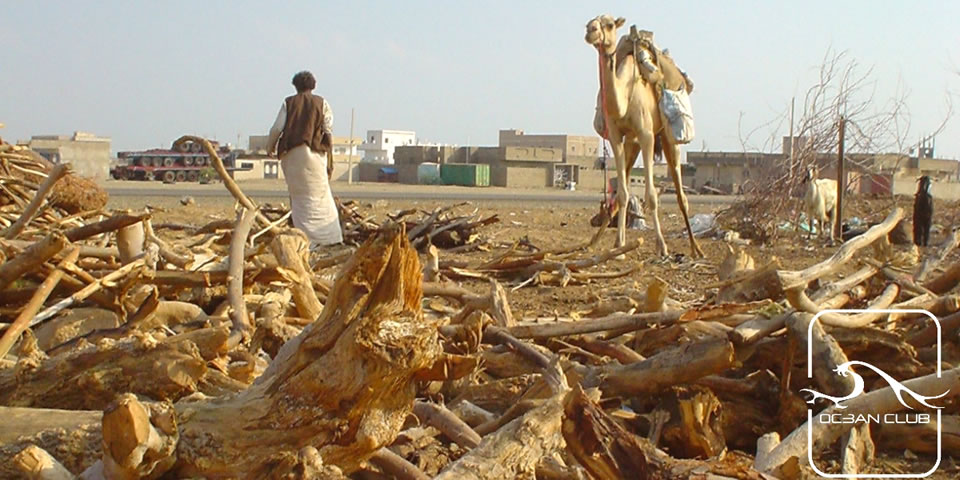Cultural life
Cultural milieu
The key to an understanding of contemporary Sudanese culture is diversity. Each major ethnic group and historical region has its own special forms of cultural expression.
Traditional cultures
Because of Sudan’s great cultural diversity, it is difficult to classify the traditional cultures of the various peoples. Sudan’s traditional societies have diverse linguistic, ethnic, social, cultural, and religious characteristics. And, although improved communications, increased social and economic mobility, and the spread of a money economy have led to a general loosening of the social ties, customs, relationships, and modes of organization in traditional cultures, much from the past still remains intact. The following discussion of three of those cultures merely suggests some rather prominent cultural patterns that are illustrative of the wide range present. These three cultures are those of the Fur, Muslim Africans in the far western part of the country; the Humr tribe of the Baqqārah Arabs, of west-central Sudan; and the Otoro tribe of the Nuba, in east-central Sudan.
The arts
One of the most important forms of cultural expression among nonliterate groups is oral tradition. The linguistic diversity of the country provides the basis for a richly varied written and oral literature. The major language with a written literature in traditional Sudanese society is Arabic. The most widely known Sudanese literary works in this language are associated with Islam and its scholarship and include a large body of literature describing the lives and virtue of holy men. These works are best known through recitations on special anniversaries associated with pious persons. The combination of oral and written literature remains of major importance to both traditional and Westernized segments of Sudanese society. Perhaps the best-known Sudanese novelist is al-Ṭayyib Ṣāliḥ, whose books Mawsim al-hijrah ilā al-shamāl (1966; Season of Migration to the North) and ʿUrs al-Zayn (1967; The Wedding of Zein & Other Stories) have been translated into various languages.
Poetry is another important form of literary expression. Modern Sudanese poetry reflects the mixed African and Arab cultural heritage of the country, as expressed in the works of Muḥammad al-Mahdī al-Majdhūb and many others.
In such arts as painting, weaving, and pottery making, each locality developed unique forms and styles. However, more-unified national styles emerged under the influence of artists in the cities. A number of Sudanese printmakers, calligraphers, and photographers have achieved international recognition—for example, Ibrāhīm al-Ṣalaḥi, who became proficient in all three mediums.
Song plays an important role in all the cultural traditions of Sudan and ranges from the unique cosmopolitan traditions of Qurʾānic recitation in a melodramatic manner to tribal songs. A characteristically national style of music is emerging out of this diversity, as reflected in the music heard in Khartoum.
Cultural institutions
Sudan is one of the richest African countries in terms of archaeological sites. Ruins of the ancient kingdom of Kush are found at Gebel Barkal and associated sites in the Nile valley; they were collectively designated a UNESCO World Heritage site in 2003. The archaeological sites at Meroe, an ancient Kushitic city, were collectively designated a World Heritage site in 2011.
The Sudan National Museum, located in Khartoum, has several associated museums—including the Ethnography Museum, also in Khartoum, and the Sheikan Museum, with archaeological and ethnographical collections, in Al-Ubayyiḍ. The Sudan Natural History Museum is located in Khartoum. Drama flourishes at the National Theatre and elsewhere in Khartoum.

